Thor and Southern Belle up close and Personal
Given the extreme weather conditions faced by a number of Australian states today there is a very real likelihood that the country’s current batch of aerial assets could be called into play.
NSWRFS has a number of key assets including the DC-10 Southern Bell and Thor the L382-G (civilian stretched version of the C-130) tanker on station ready to respond should the danger of bush fires threaten homes and communities across the state. These aircraft type are know as Very Large Air Tankers (VLAT) and Large Air Tanker (LAT).

Tanker 10 ready to go.
ASO was given the great privileged to gain first hand and exclusive access to these assets at RAAF Richmond on one of their regular practice days. The practice days are held regularly to ensure that every part of the operation is performed at maximum proficiency and that air crews (including the button pusher) stay current. We were able to witness all parts of the operation of the tankers. Whilst the ability to drop substantial volumes of water or retardant is impressive, the supporting operations is equally proficient and impressive. This is key during operations where the aircraft has to get on the ground following a delivery, get refilled and back to the front line as quickly as possible.
Tanker10 ‘Southern Belle’
McDonnell Douglas DC-10-10 (N450AX c/n 46942) was the 162nd of her type of the production line and was initially delivered to National Airlines in the US in June 1975. The aircraft carried passengers for National, then Pan American World Airlines and American Airlines. The aircraft spent time in Hawaiian Airlines and Omni Air International out of Tulsa, Oklahoma before it was transferred to Tanker10 in November of 1997. Southern Belle delivered her first load as a tanker in July 2006.
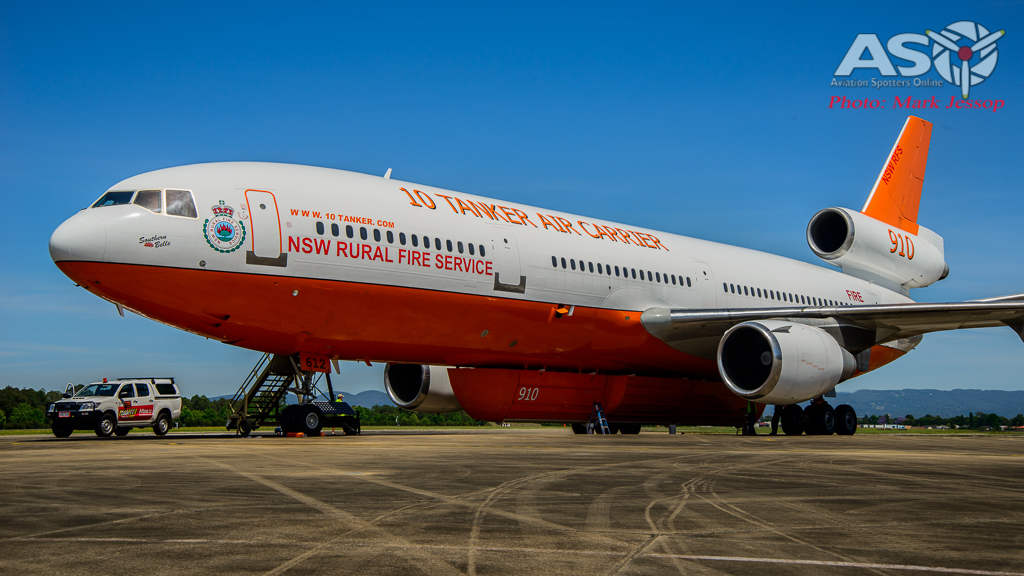
Tanker 10 ready to go.
My first impression on walking up to the Very Large Air Tanker on the tarmac is its sheer size. The 3 cells mounted on the belly were designed in close cooperation with Erickson Aviation. Together the cells carried a combined load of 11,600 US Gals or 43,910 litres of ether water or retardant.
With an airspeed of 500 km/h one of the key strengths of this type of tanker is its coverage a substantial amount of the state in a very short time frame with the ability to be over most fire prone areas of the state within an hour. The same high airspeeds allow for a return to an active fire front very quickly. With an expected turnaround time of 25 minutes from touch down to take off, including refill and refuel, the aircraft can be back on station at the same fire or deployed to another very quickly.

The Team ready to go
The three man crew consisting of Pilot Co-Pilot and Engineer are all that is required on-board for aerial operations. To ensure accurate delivery the DC-10 follows a lead aircraft into the fire line following the lead’s smoke prompts to identify the target for the start, stop and direction of the drop. The aircraft can deliver its load in a range of configurations allowing for the requirements to battle various fire types. The drop can vary in length, width and density depending on the needs of the firefighters, including the challenges of the local terrain and wind conditions. The two lead aircraft which are Aero Commanders are known as Birddog 275 and Birdog 376 use smoke to guide the tanker showing him start and finish points for the drop.
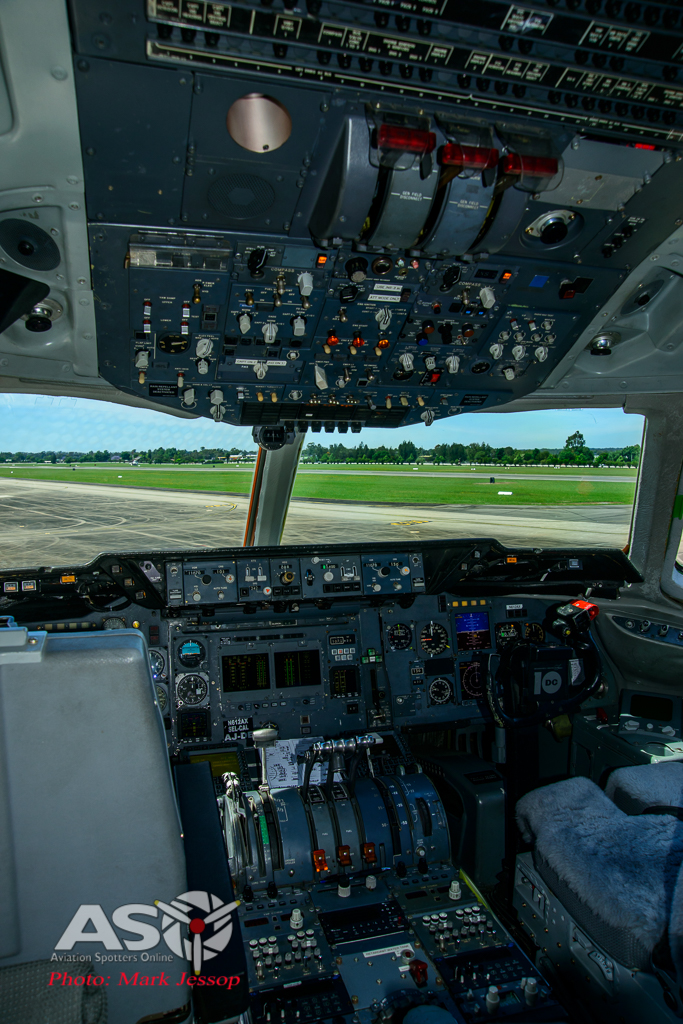
Tanker 10 cockpit

Tanker 10 interior
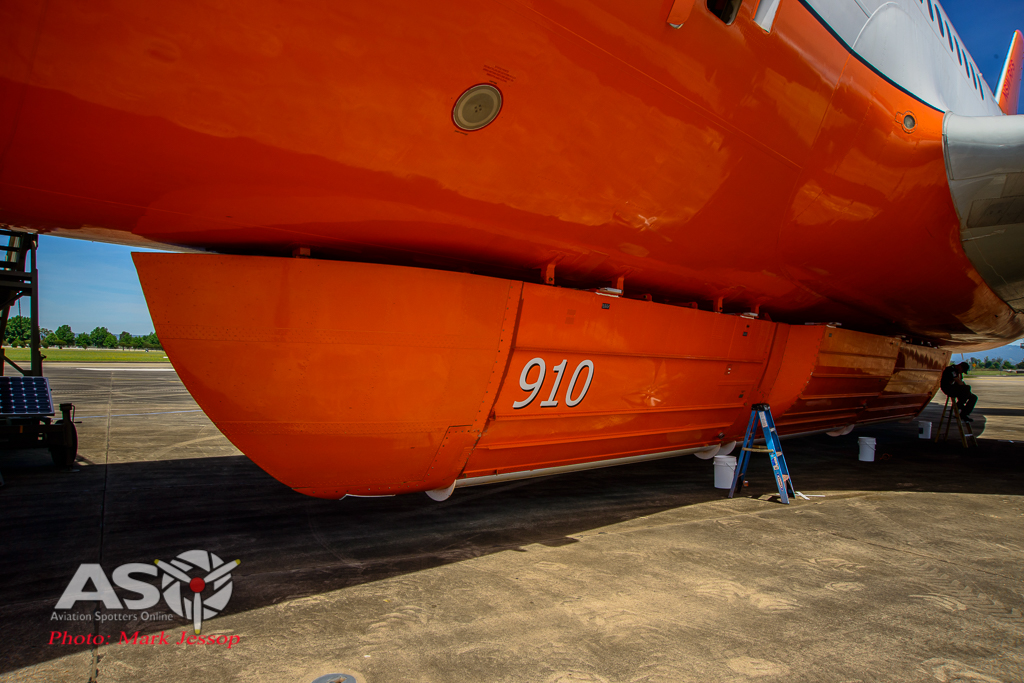
Tanker 10 belly tanks
Walking inside the aircraft the first thing you notice is how the interior is completely stripped and very different to how it would have looked as a passenger jet. Inside cockpit the only additional equipment is the control panels for the load and delivery system. The pilots control the dump release with a single button ‘hold-release’ whilst the engineer controls the load drop configuration.
The crew are on stand-by 7 days a week daylight operations with enough crew to cover a rotating roster. The crew is deployed from the US for a two month stint.
Coulson Aviation ‘Thor’
Whilst Thor is smaller the Southern Belle it still has the ability to deliver an impressive 4,000 USGals (15,141 lt) from 200ft above a fire line. The aircraft provides another reliable and tested platform from which to deliver much needed fire support to the men and women on the ground.
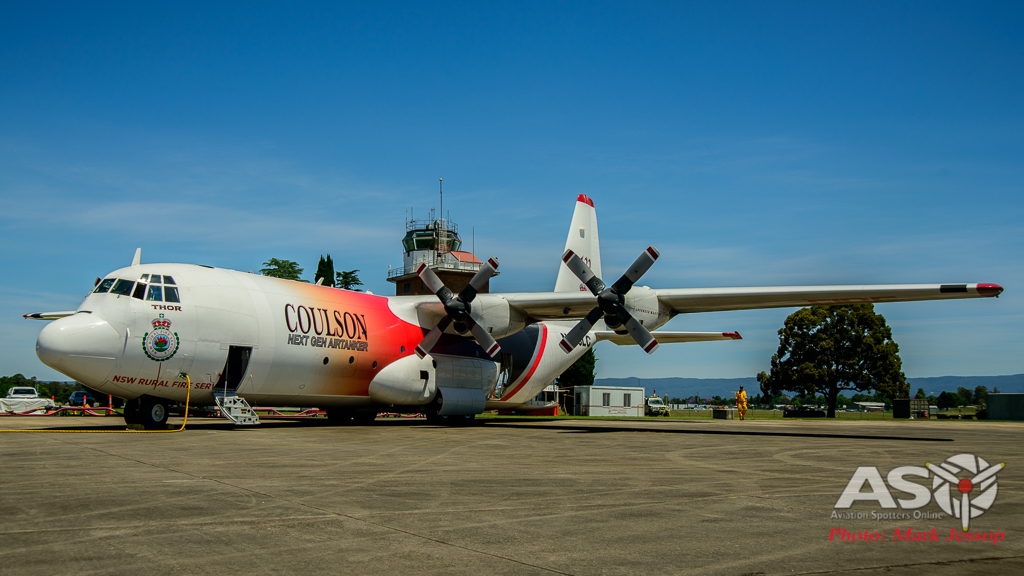
Thor ready for action
Coulson Aviation have been around for almost 30 years and was formed to provide aerial logging operations and have been providing fire bombing services since 2004. Coulson have developed a proprietary system know as Retardant Aerial Delivery System (RADS) which allows for high levels of accuracy using an integrated control system. The system sits inside of Thor’s cargo bay and deploys through the floor of the aircraft.
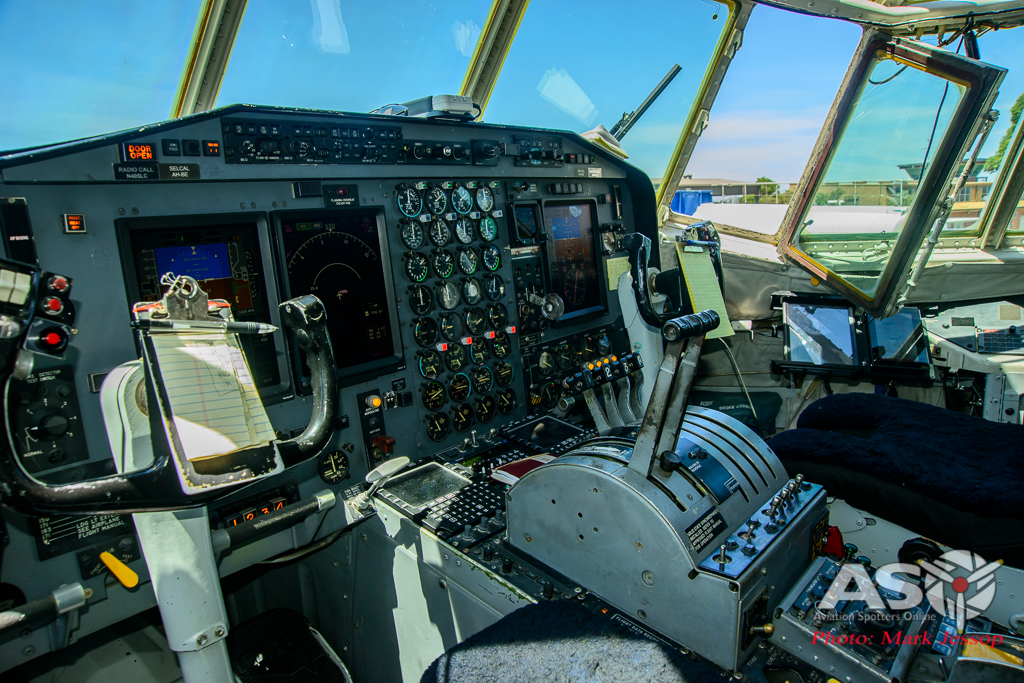
Thor’s cockpit.
With a cruise speed of around 500 km/h it can also deliver much needed support to most NSW fire zones within an hour. Thor’s turnaround time is an equally impressive 22 minutes.
This aircraft was recently deployed by NSWRFS to assist in Indonesia and once on ground was on task within an hour and a half. Thor is now back in Australia and has been re stationed to Albury, on the Victorian/NSW border and is ready to assist.

Thor performing another practice drop
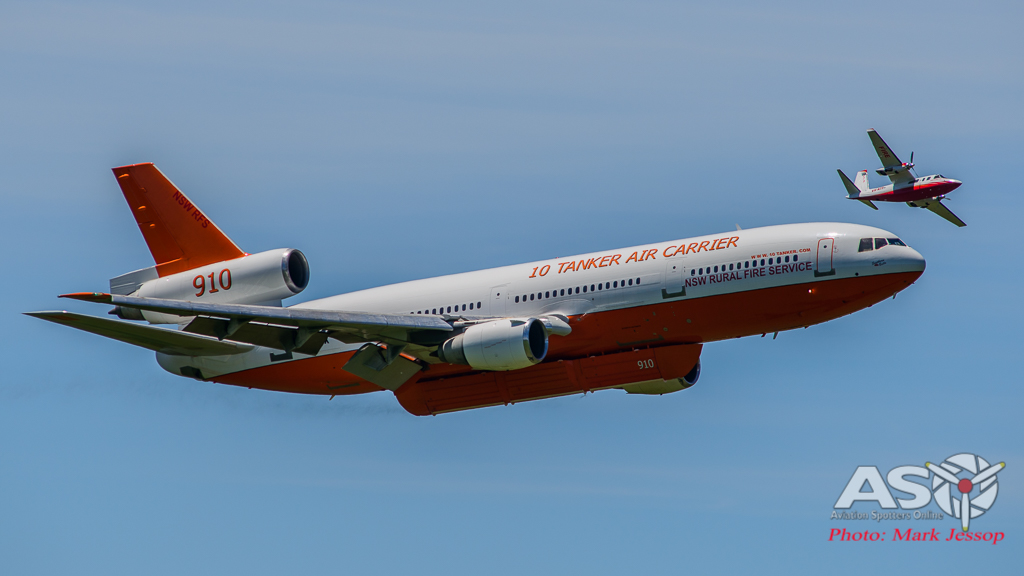
Tanker 10 with Bigdog

Tanker 10 performing another practice drop

Tanker 10 performing another practice drop
Inspector Sam Crothers, Aviation Officer for NSWRFS explained that the VLAT and LAT aircraft provide his organisation with a new level of response and fire suppression not previously seen in NSW. These new assets work with our existing proven assets and tactics to showcase the ever evolving fire management strategies we are putting in place. In the last five years NSWRFS have invested time in training regional crews to be ready to work with these evolving tools and techniques so that we can deploy them broadly.
ASO would like to thank New South Wales Rural Fire Service, Tanker10, Coulson Aviation, AGAir and the Royal Australian Air Force for their cooperation in allowing ASO to highlight these wonderful aircraft and crews.


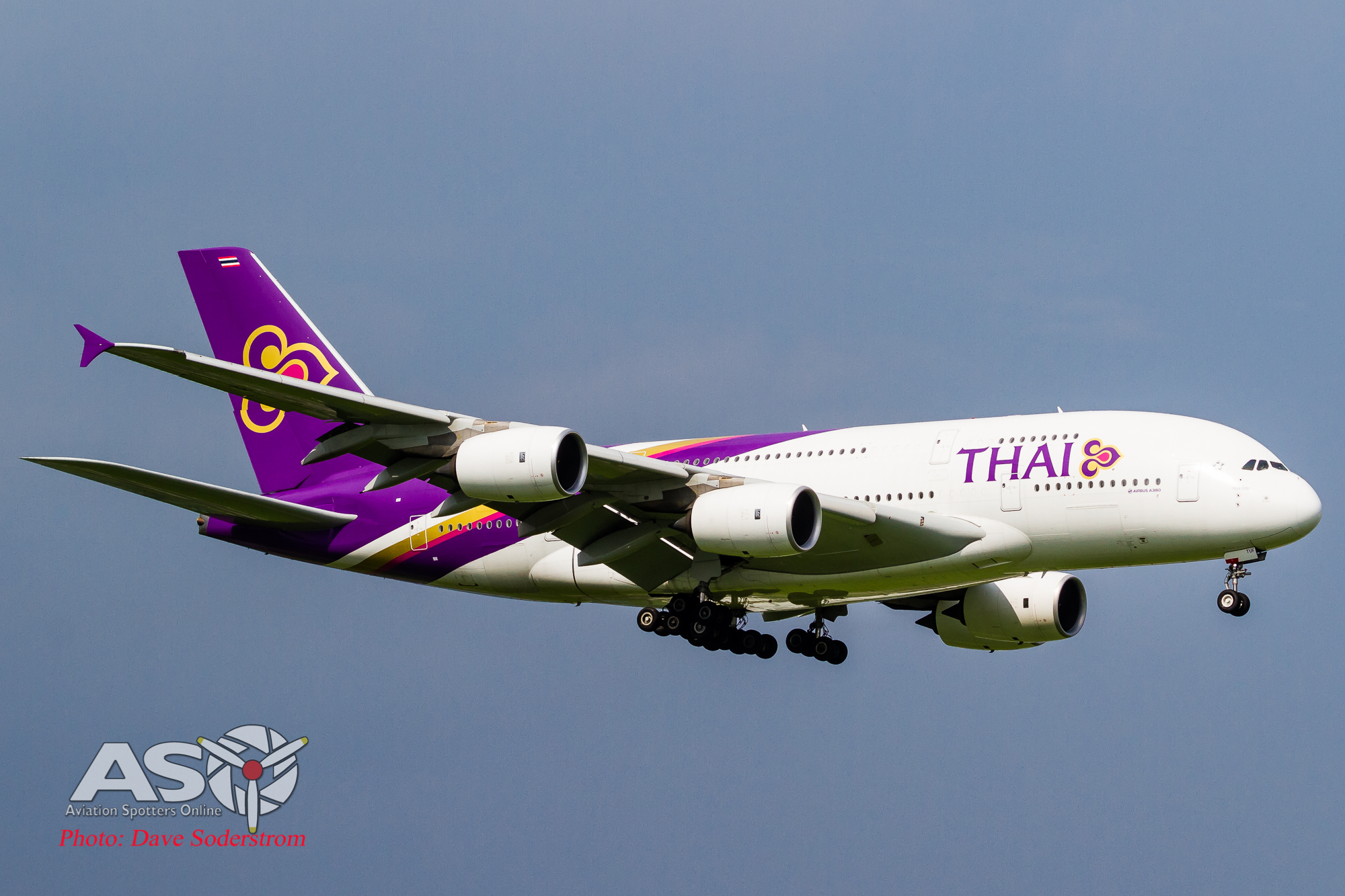
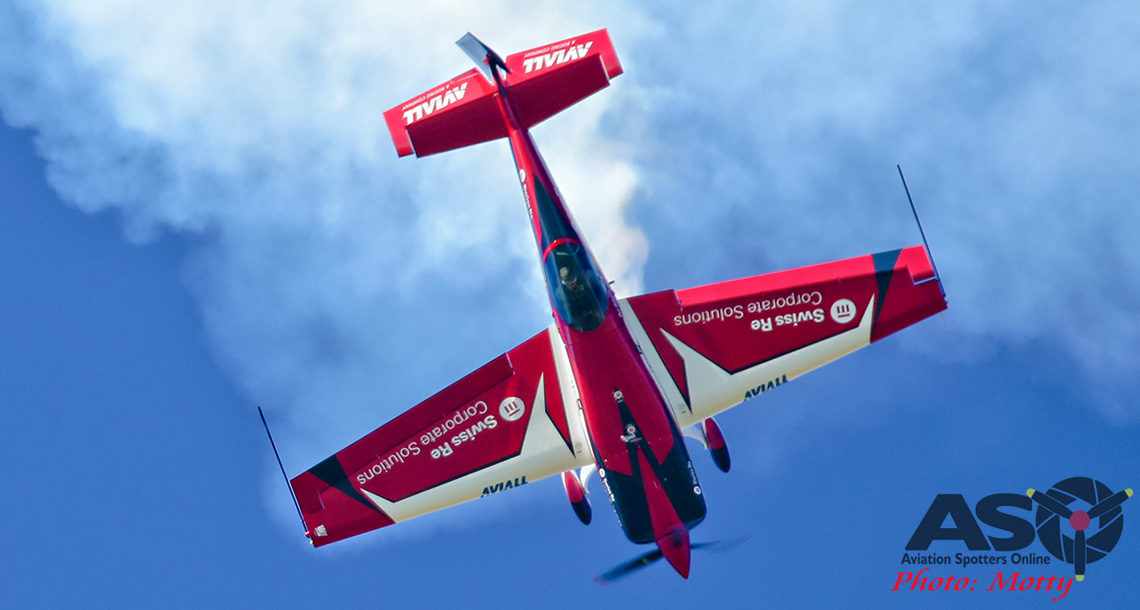
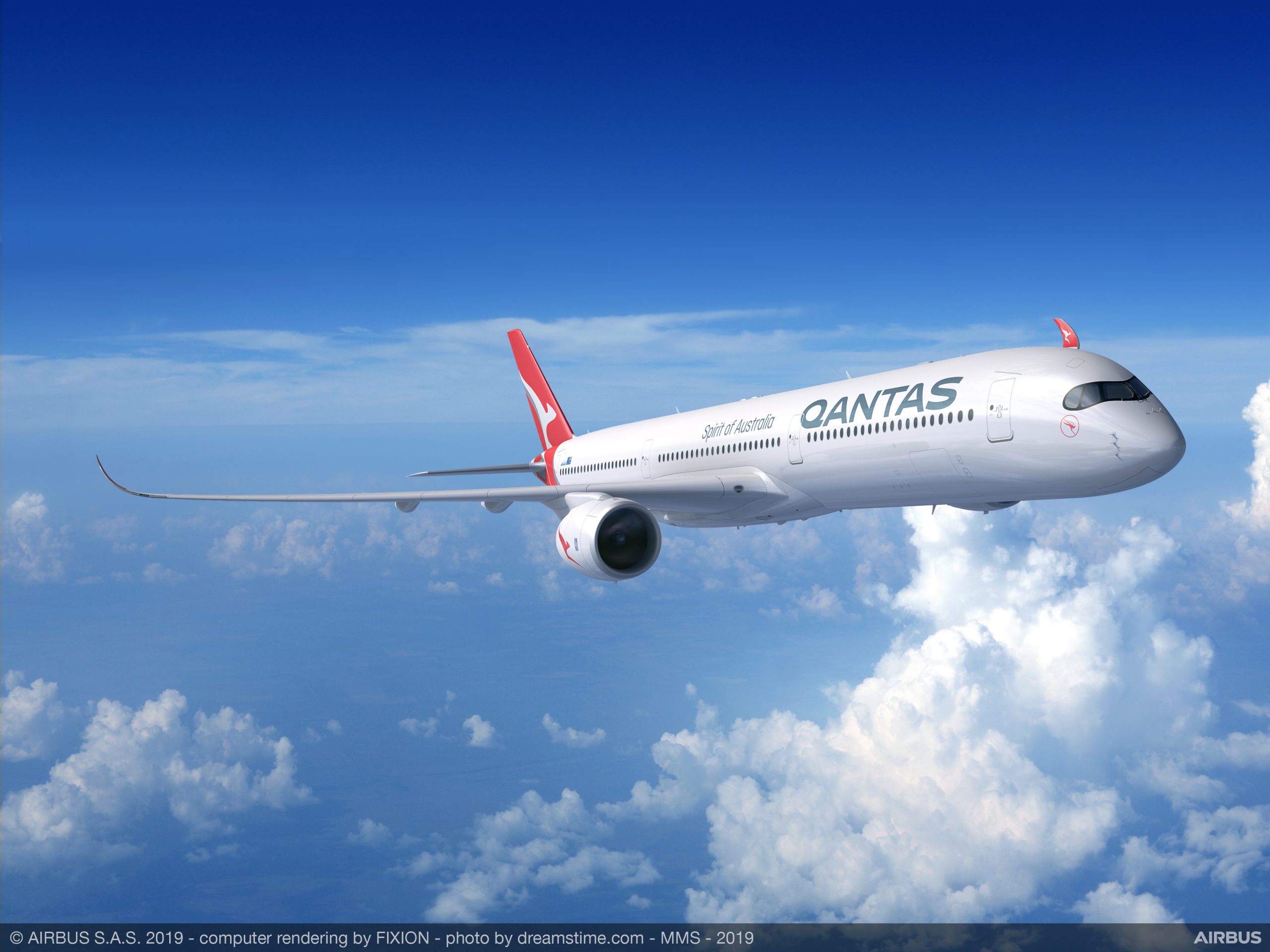





You need to get Philipina Mars and Hawaii Mars working down there
Together there is still nothing that can deliver more water faster cheaper better
than anything else on the planet..Since 1965, like the eveready bunny
They keep just keep going and going and going and going
Very impressive aircraft and photography.